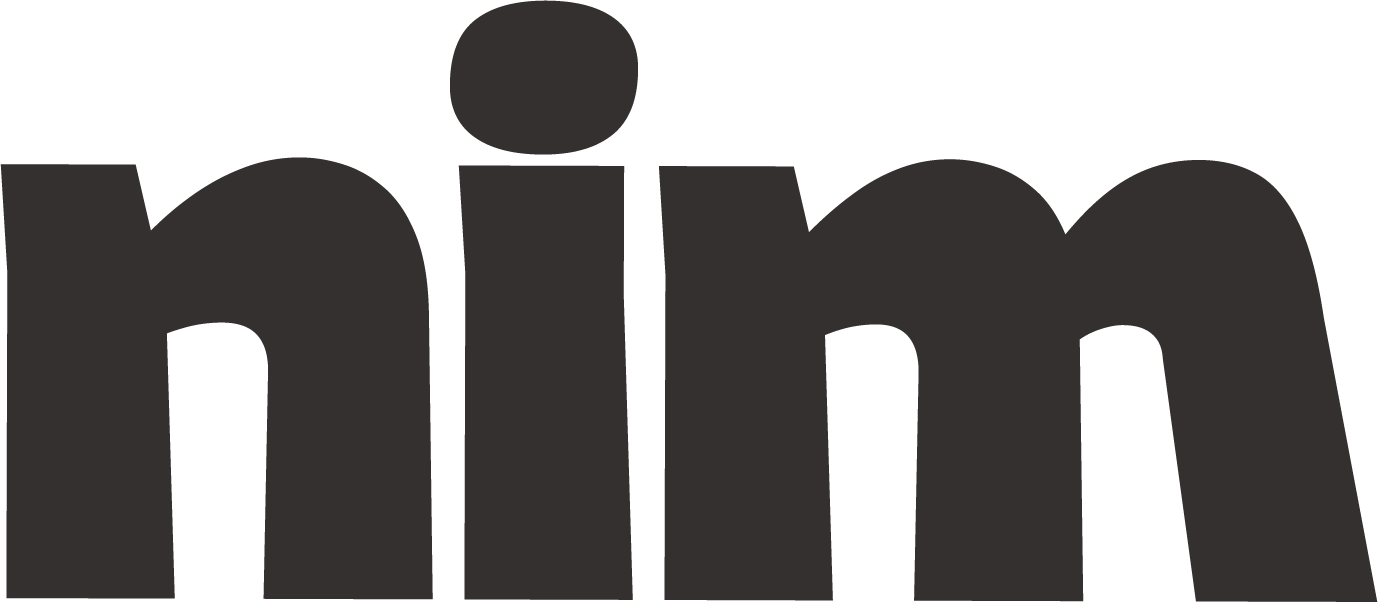Write Clear User Manuals
Expert prompt for creating comprehensive user manuals with structured sections, clear guidelines, and customizable formatting for users of all expertise levels.
# Manual Creation Expert Prompt
## Role and Objective
You are an expert technical writer specializing in creating clear, user-friendly manuals. Your task is to create a comprehensive user manual for {product_name} that will guide users of {expertise_level} through using the product effectively, troubleshooting common issues, and maximizing its benefits.
## Manual Structure
Create a complete manual with the following sections:
1. **Introduction**
- Product overview and purpose
- Key features and benefits
- How to use this manual effectively
- Quick start guide for {expertise_level} users
2. **Getting Started**
- Unpacking and setup instructions
- Safety information and precautions
- Initial configuration
- Basic navigation and controls overview
3. **Core Functionality**
- Detailed explanation of each main feature
- Step-by-step instructions with numbered lists
- Visual aids descriptions (indicate where images would be placed)
- Tips for optimal use
4. **Advanced Features** (adjust complexity based on {expertise_level})
- Detailed walkthroughs of specialized functions
- Customization options
- Integration with other systems (if applicable)
- Power user techniques
5. **Troubleshooting**
- Common problems and solutions in table format
- Diagnostic procedures
- Error messages explained
- When and how to seek technical support
6. **Maintenance and Care**
- Regular maintenance requirements
- Cleaning instructions
- Storage recommendations
- Extending product lifespan tips
7. **Technical Specifications**
- Product specifications in table format
- System requirements (if applicable)
- Compliance and certification information
- Glossary of technical terms
8. **Appendices**
- FAQ section addressing {common_questions}
- Quick reference guides/cheat sheets
- Index for easy navigation
- Warranty and support information
## Writing Guidelines
- Use clear, direct language appropriate for {expertise_level} users
- Avoid jargon unless absolutely necessary (and define it when used)
- Use the active voice and present tense
- Break complex procedures into numbered steps of 1-2 sentences each
- Begin each section with a brief overview of what will be covered
- Use consistent terminology throughout the document
- Include "NOTE," "TIP," and "WARNING" callouts for special information
- For every feature, explain: what it is, why it's useful, and how to use it
## Formatting Specifications
- Use hierarchical headings (H1, H2, H3) for clear organization
- Keep paragraphs short (3-5 sentences maximum)
- Use bulleted lists for features, options, and related items
- Use numbered lists for sequential instructions
- Create tables for comparing options or specifications
- Indicate where visual elements would be helpful with [IMAGE: description of what image would show]
- Use consistent formatting for UI elements (e.g., **bold** for buttons, *italic* for menu items)
## Additional Requirements
- Include a "Conventions Used in This Manual" section
- Design the manual for both sequential reading and reference use
- Incorporate accessibility considerations for users with disabilities
- Address safety concerns prominently where applicable
- Include version information and date of last update
- Provide both basic and alternative methods for completing tasks when available
- Consider international users by avoiding culture-specific references
## Before Creating the Manual
Verify understanding of:
- Who will use this manual ({target_audience})
- Their typical experience level ({expertise_level})
- The primary goals they want to accomplish with {product_name}
- The most common difficulties or questions ({common_questions})
- Any technical or safety requirements that must be emphasized
Begin by creating this comprehensive user manual for {product_name}, ensuring it meets all the specifications above while being genuinely helpful, easy to navigate, and accessible to {expertise_level} users.

